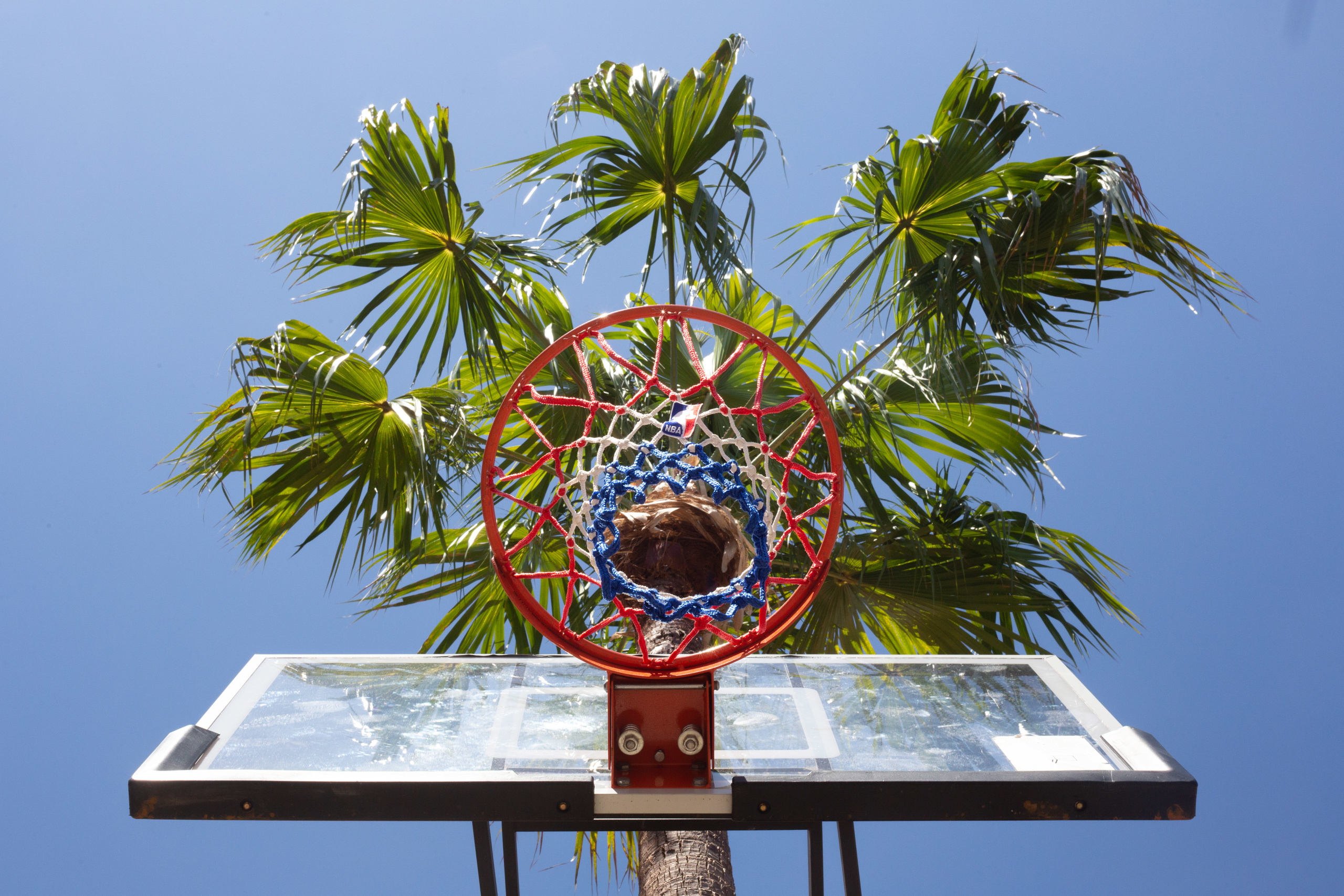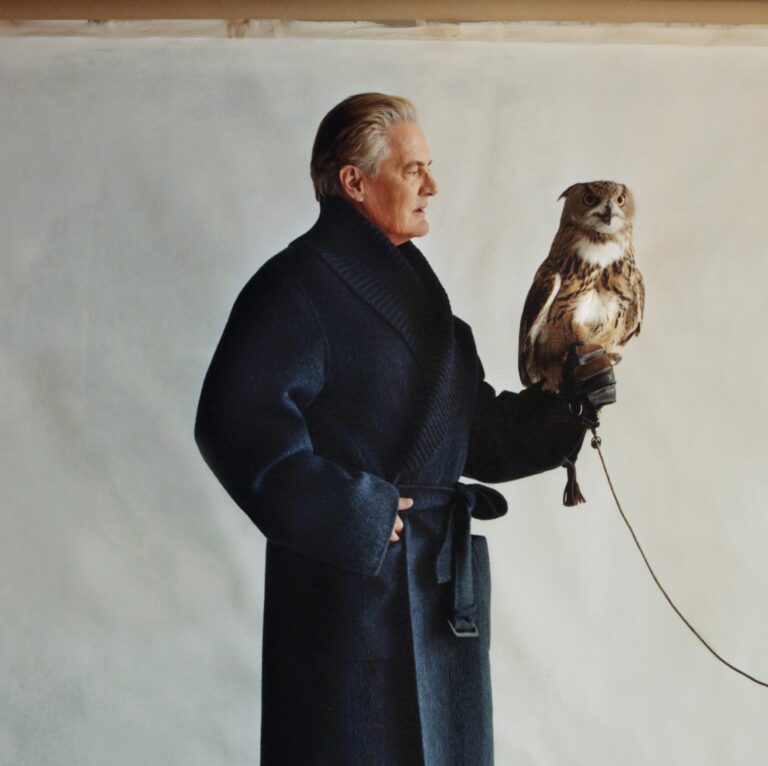
For years a fixture in the Los Angeles art world—though probably best known more widely for his place in the work of Frances Stark (especially the video Bobby Jesus’s Alma Mater b/w Reading the Book of David and/or Paying Attention Is Free, 2013)—Bobby Jesus recently launched a new gallery project called Post-American Fine Arts. The first show, “Nostalgia for Lost Futures,” just opened in Sydney, Australia, though it doesn’t sound like the gallery’s going to stay put. Cultured caught up with Jesus to talk about the project, his story and what might come next.
Eli Diner: Tell me about Post-American Fine Arts.
Bobby Jesus: Post-American Fine Arts is actually a DBA I registered in Las Vegas. In the past five or so years, I’ve talked to a lot of disillusioned and disappointed people who had spent much of their adult lives in what is always referred to as “the art world,” and for lots of them it seemed that things were ending whereas for me it was yet to begin. Post-American was born a pipe dream, but not in a bad way: it’s like that Sterling Bartlett Magritte pipe captioned “Bitch I might be!” (Bitch I Might Be, 2013). A lot of things were explicitly going very, very wrong in the U.S., and Post-American Fine Arts, while being an (obvious?) reference to a certain pre-Chelsea artist-centric model, felt like the kind of optimism that was needed at the time (the name was hatched circa), in the sense that it envisioned American Empire finally being acknowledged as a failure and that with this acknowledgment we could get on with life. And what that means for art is that artists don’t have to carry water for this empire any more.

ED: How did you come to do a space in Sydney?
BJ: I originally came to Sydney, Australia, because of my girlfriend, Ting Kula. It was only on my third trip when Claire Ban (who saw I was in the South Pacific via Instagram) put me in touch with Dan Boyd and then later Mike Hewson. Me having forged a bond with Frances Stark and Mike having worked briefly with Rirkrit Tiravanija, I had an instant camaraderie through these two Gavin Brown artists. To make a long story short, Hewson offered me a space to exhibit, and that’s how the show came together.
ED: Is the plan for Post-American Fine Arts to be an ongoing thing, or is it a one-off? The fact that it is in a shipping container makes it seem like it’s bound to travel.
BJ: Post-American Fine Arts is definitely an ongoing movement that’s been here before me. As far as I’m concerned, I’m in it for the long haul. The shipping container was originally a concept from Micah Grasse of IPNT (I Prefer Not To) Gallery for how one sees and deals with art and art fairs in the coronavirus era, using a self-sufficient, sustainable cube that can be ready to view as soon as it touches down in its desired location. It was just serendipity that there was a shipping container within the facility to achieve this. The concept of the readymade cube has the potential to globetrot, but the container itself is not the gallery because Post-American Fine Arts defies the definition of a gallery as a glorified art objects shop. Our point is to give a voice to the artist whose ideas and concepts are sympathetic with the philosophy and integrity of Post-America and showcase that any way possible.

ED: I know you had some previous curatorial pursuits: you had a space in LA’s Chinatown for a bit, and you and Oscar Tuazon organized a show to benefit Leonard Peltier. Can you fill us in some of that background?
BJ: The space in LA Chinatown is where it all started! Before I ever had any curatorial or gallery pursuits, I was a student at the Hollywood Recording School. I arrived as an audio engineer assisting with a piece for Frieze Art Fair that was listened to by VIPs in a BMW on the way to see art, back in 2013. After that project was complete, I made a conscious decision to drop out of the recording school and begin another type of schooling via Frances Stark’s studio. Mind you she was a tenured professor at the Roski School of Art and Design at USC at the time (right before all that Business of Innovation stuff happened with Jimmy Iovine and Dr. Dre), so in a way I attended the grad program myself. I got to know the faculty there at the time and also a good group of students. In all honesty, that environment is what ultimately led me to use one of Frances’s three little spaces she’d been renting over the many years she’d been in Chinatown to put on exhibitions.
Yes, Oscar Tuazon and I organized that show to benefit Leonard Peltier with the American Indian Movement. I was honored to be a part of that in more ways than one, and to have worked with some good people in that exhibition, as well. It all came about due to strange timing: Frances was being forced out of her Chinatown studio after twenty years due to price hikes, and that closed the chapter on the Chinatown space. Over the years I’d gotten to know Oscar and his wife, Dorothée Perret, so the love was there, and I honestly didn’t want what happened to 356 Mission to happen to Oscar. He had his studio in Boyle Heights, in a neighborhood I grew to love as a teenager called Aliso Village. So, I would drop by the old neighborhood any chance I could, and we’d bounce ideas off each other, and that’s more or less how the benefit show for Leonard Peltier came to be—out of that Oscar’s brainchild LAWS (Los Angeles Water School) was born.
ED: In the press release you say this project grows out of your “unconventional tutelage with a wide array of art’s critically acclaimed practitioners.” Can you tell us more about this tutelage?
BJ: This tutelage was grown purely out of meeting good people and forming organic relationships from a place that’s “not home, not school and not church.” It was learning something completely foreign but also familiar, if that makes any sense. Just having solid people you talk to 101 about things one talks about when 101. But these people are also teachers in the field and practicing artists, full-on gallerists and writers from all kinds of genres and sub-cultures, and all types of other institutional gatekeepers, and they would share genuine thoughts, ideas, philosophies, reading material, histories, war stories and advice with me. That was honestly a colorful learning experience, and the spectrum was as versatile as the people themselves. Henry Taylor, Eric Wesley, Silke Otto Knapp, Sharon Lockhart, Laura Owens, Jason Meadows, Cornelia Grassi, Marc Foxx, Josh White, Ian Svenonius, Ali Subotnick and John Morace, just to name a few, were instrumental in shaping Baby Jesus’s mind, whether they know it or not.

ED: The inaugural exhibition, “Nostalgia for Lost Futures,” features work by Micah Grasse, Mike Hewson and Frances Stark. What else can you tell us about the show? How did you come to select this work by these three artists, whom you refer to as comrades, and how does it relate to this sense of lost futures?
BJ: “Nostalgia for Lost Futures” is the aesthetic of one of my favorite artists, Micah Grasse, on how people in the now might imagine the future to be. When “Nostalgia for Lost Futures” was created it was generally trying to invoke the future, to capture what it might be like and anticipate it by actively creating a new concept of the future. The shipping container can be off-the-grid and consists of already familiar ideas in play with new concepts, possibly giving a glimpse of a different art world. By the time this idea evolved, in 2020, it was no longer a glimpse or anticipation of the future; it had become artefact—rather than invoking the future, it invoked a long gone hope for a future that never arrived. It became a lost future, the future was canceled.
Originally “Nostalgia For Lost Futures” was going to be a solo show for Micah. I’ve always been a fan of his work and been wanting to do something substantial with him for a long time. We’ve been in dialogue a lot since I’ve been coming to Australia, forming a kind of Pacific alliance. So when the opportunity presented itself through Mike Hewson offering a space to do a show, I already knew Micah of IPNT was the truth. He had been creating potent work prolifically for years. There’s a rather big courtyard that surrounds the shipping container, and the shipping container was going to be the site of a Micah Grasse solo show, but the courtyard became like my back room or office, with work from other artists who rock with Post-American Fine Arts. That’s where F. Stark and M. Hewson come in.
As the show was coming together, I was talking to Frances Stark about the exhibition via Facetime, and I was really enthusiastic about some of the works she was making for her “Unamerican Pavilion” series. She was so excited that I was making a show down here, and because of our easy rapport, she agreed to produce works related to her “Unamerican Pavilion specifically for Post-American Fine Arts.
As installation was taking place, I asked Mike Hewson if I can get a palm tree to add a Pacific wavy vibe to the shipping container, and he responded a few days later with a one-of-a-kind Palm Hoop #1 basketball court. I had plans of working with Mike in the future; he’s a great artist doing some interesting projects.
Craving more culture? Sign up to receive the Cultured newsletter, a biweekly guide to what’s new and what’s next in art, architecture, design and more.










 in your life?
in your life?

